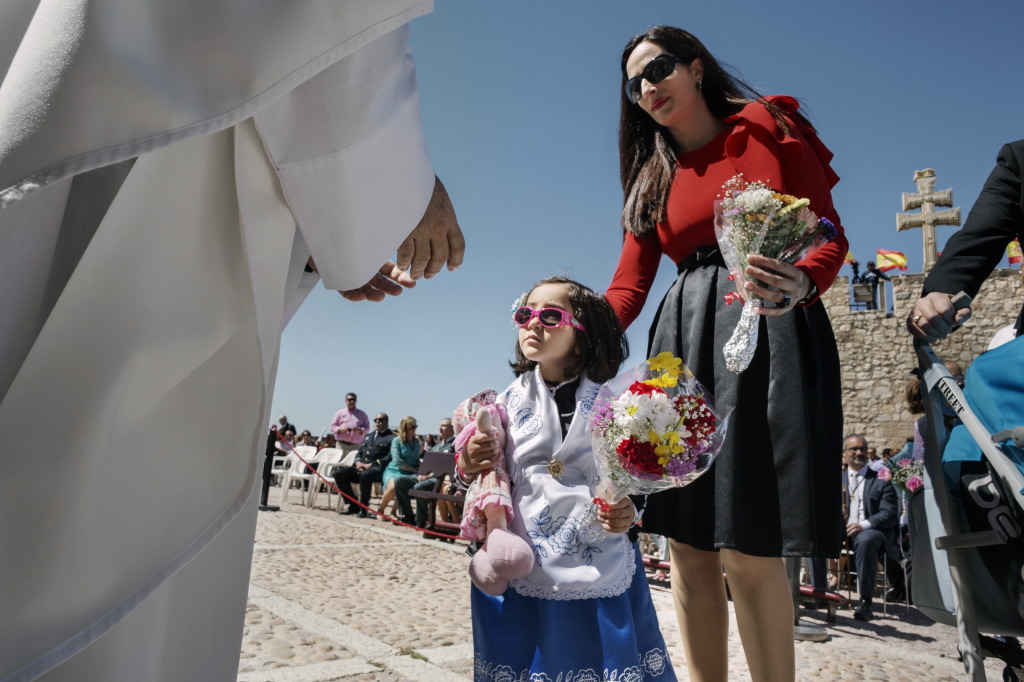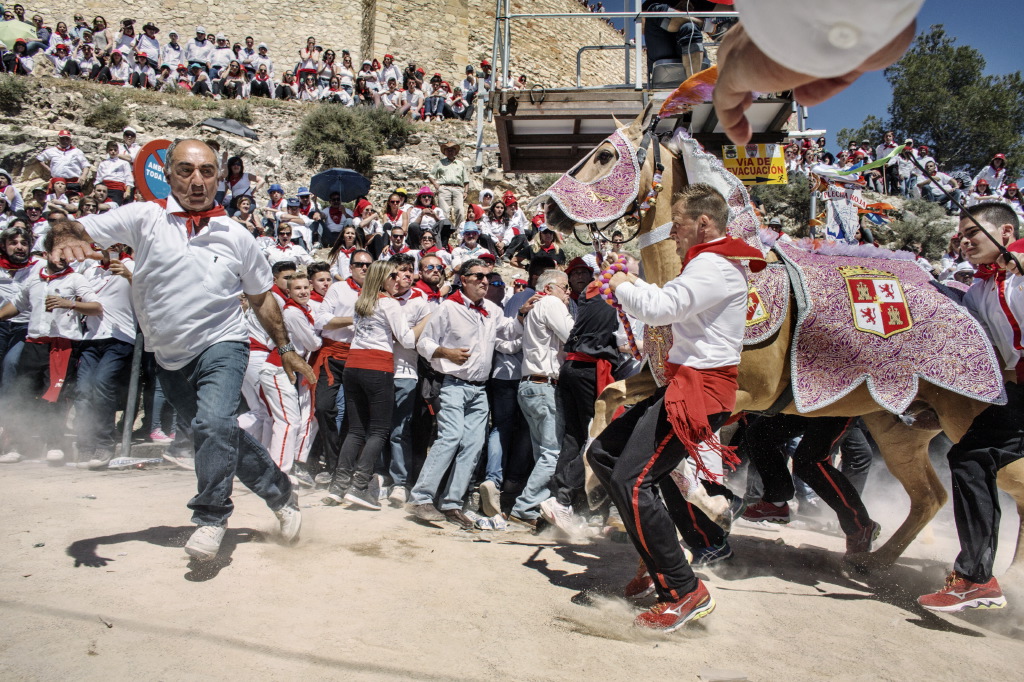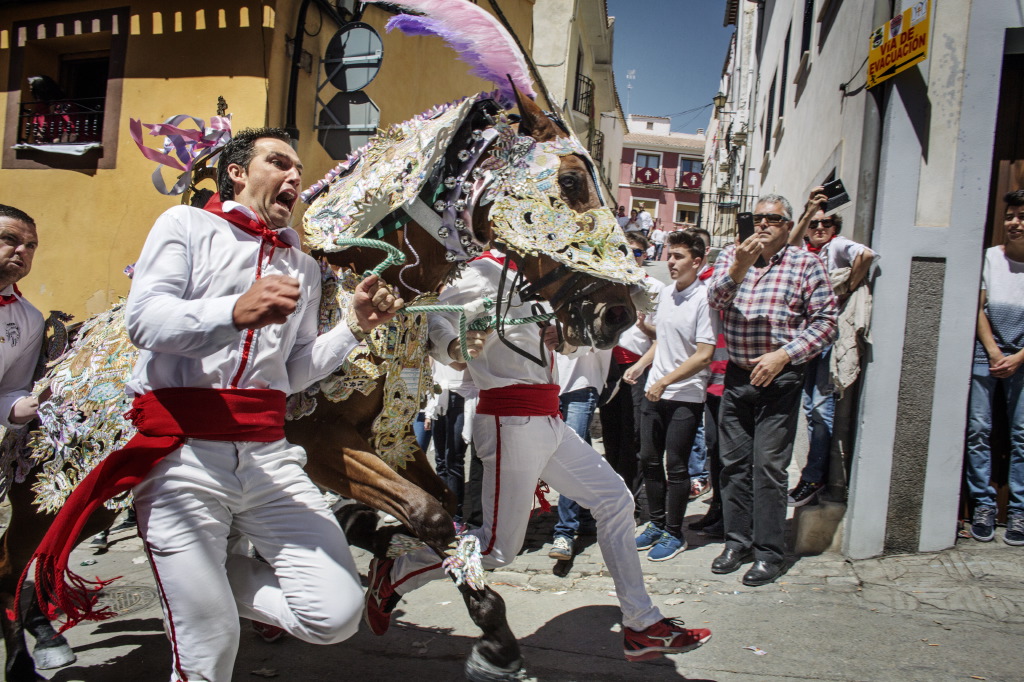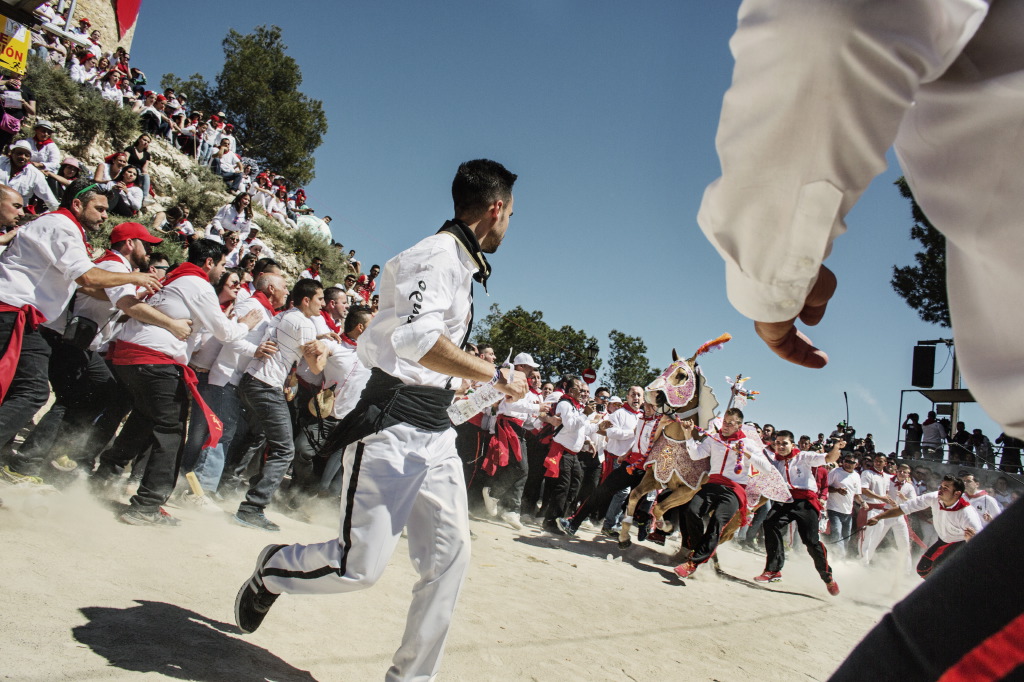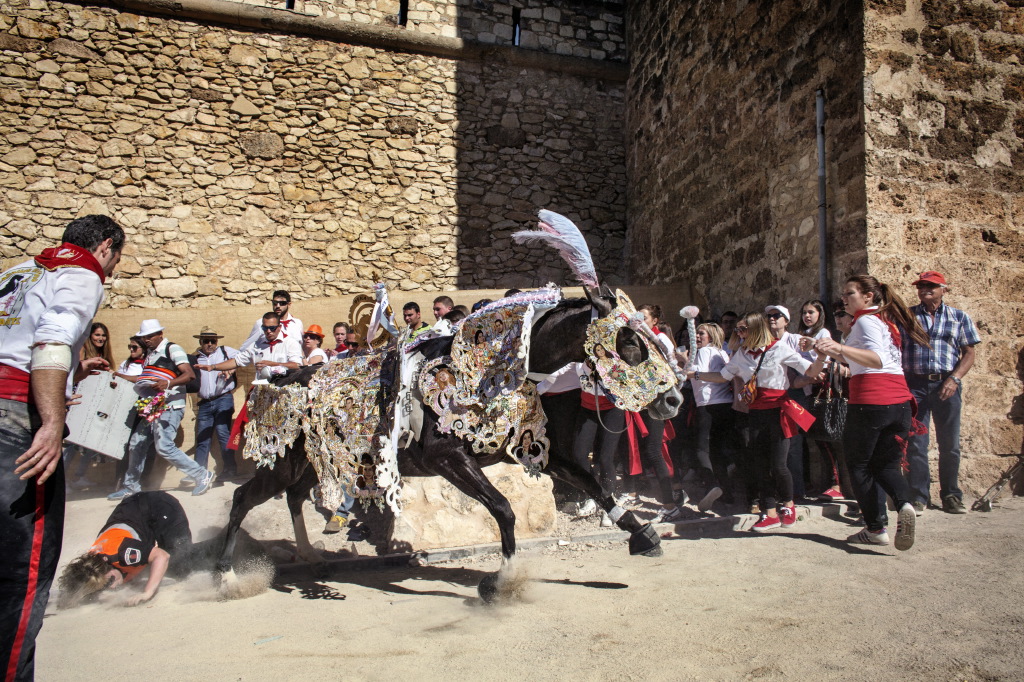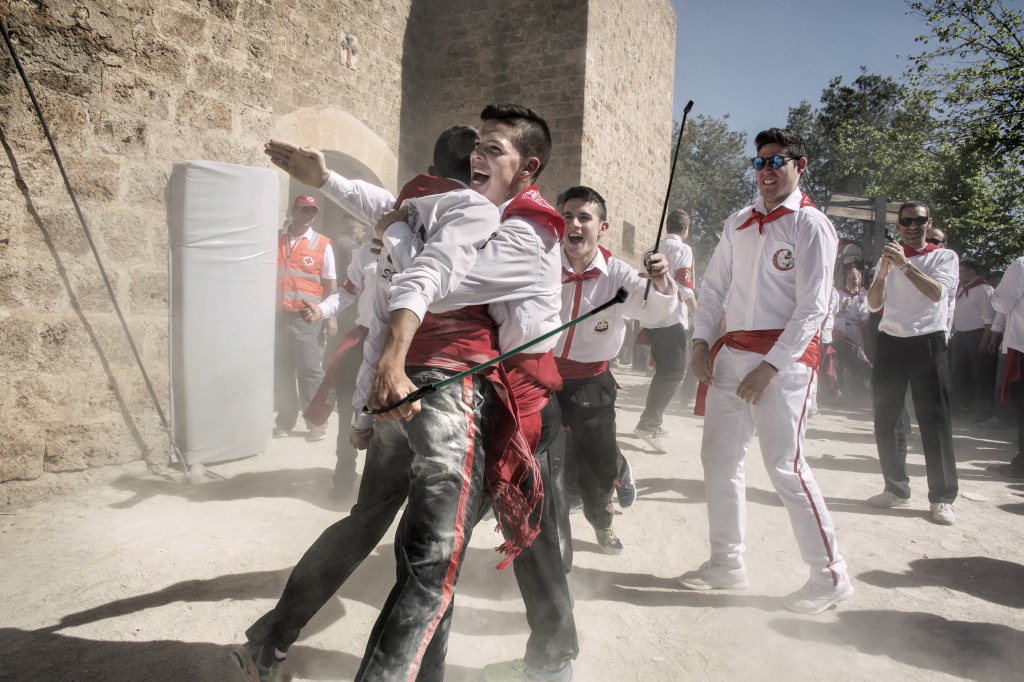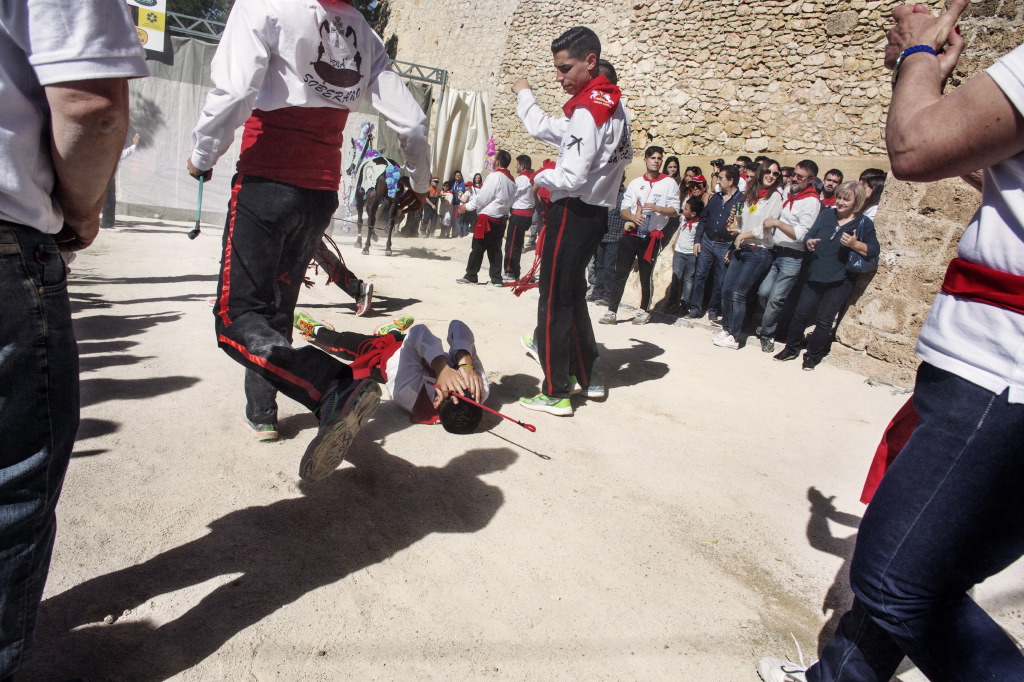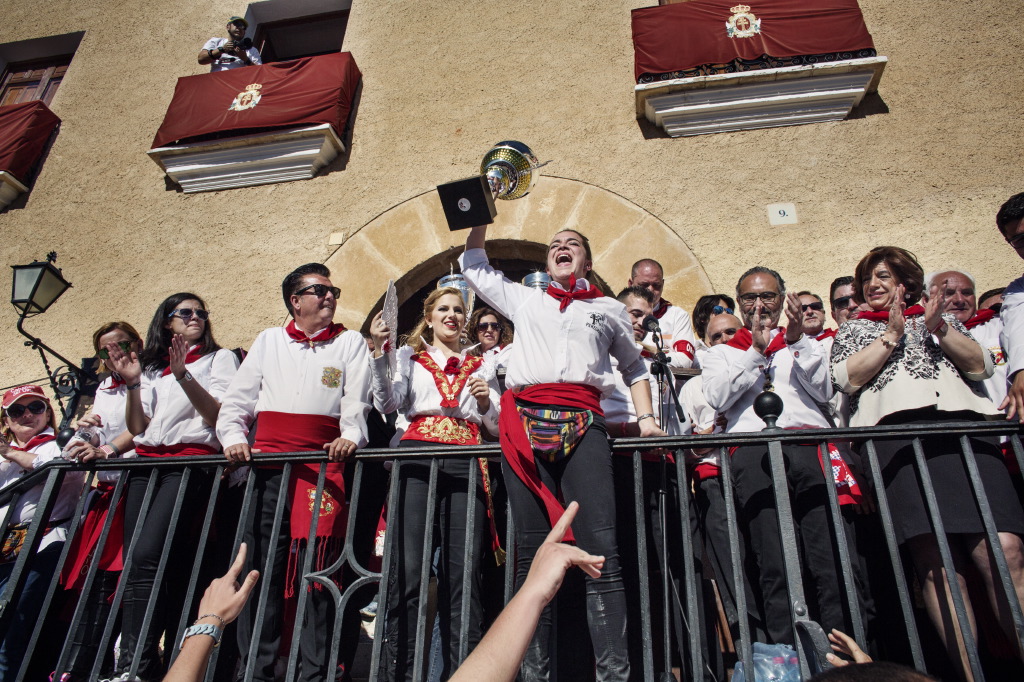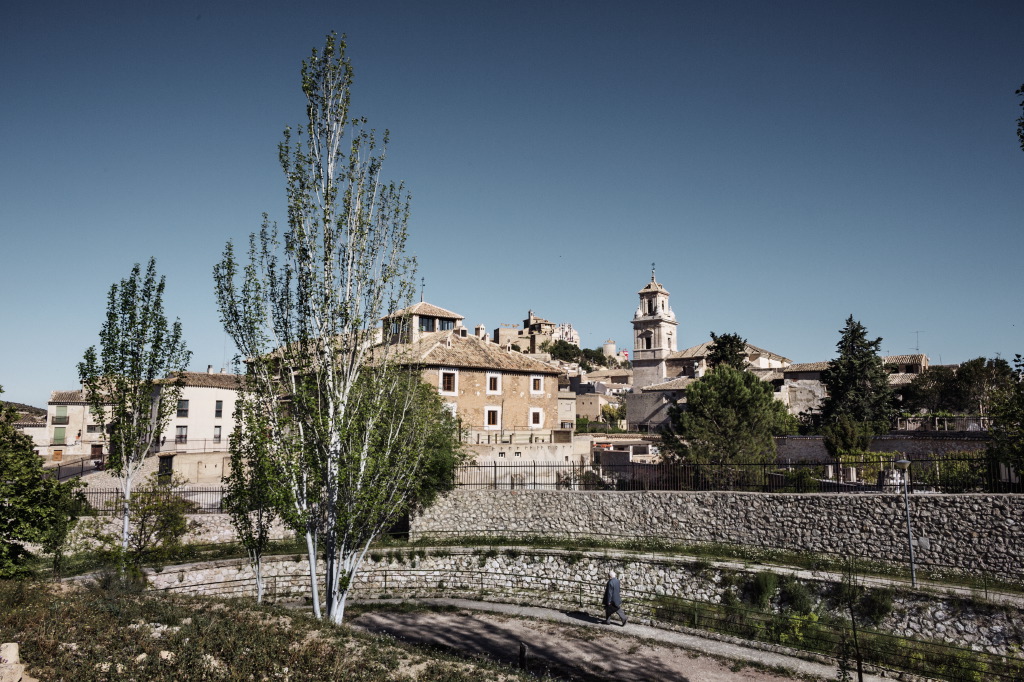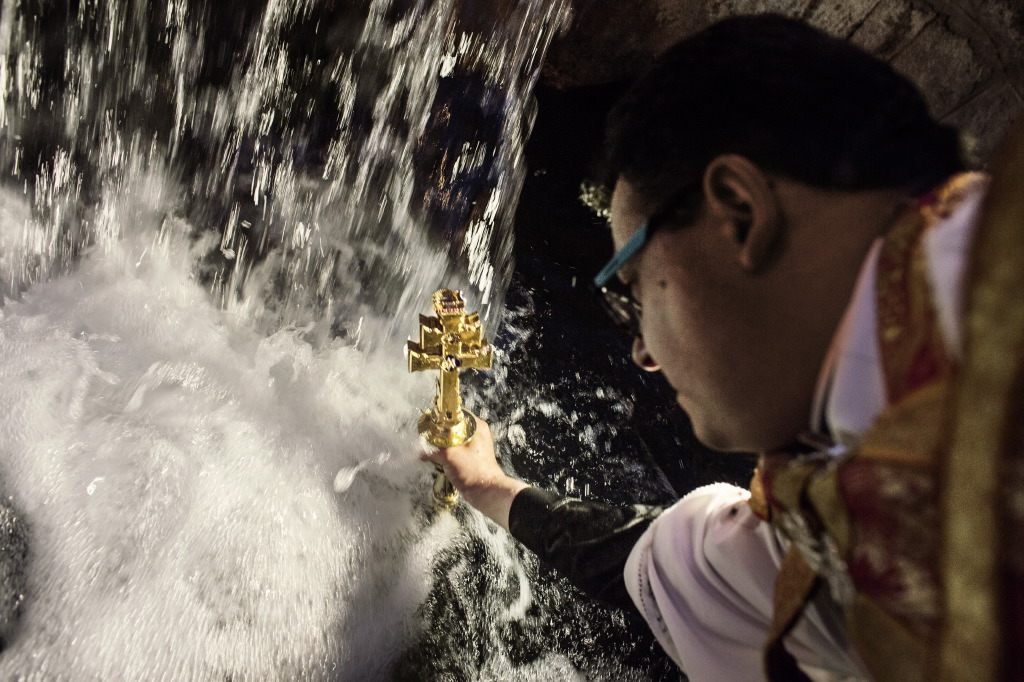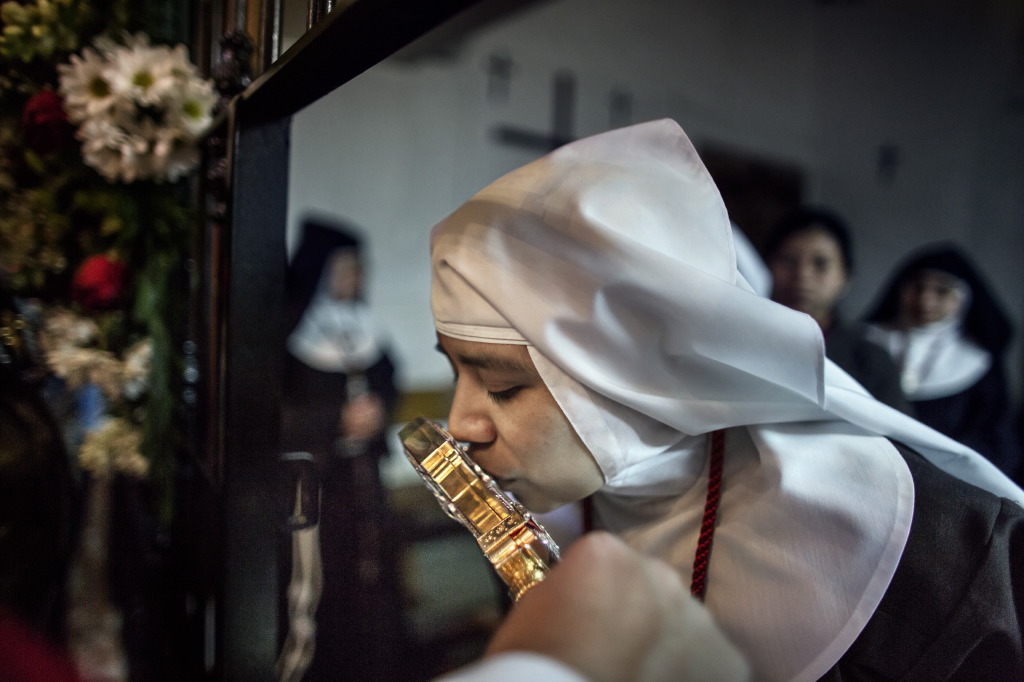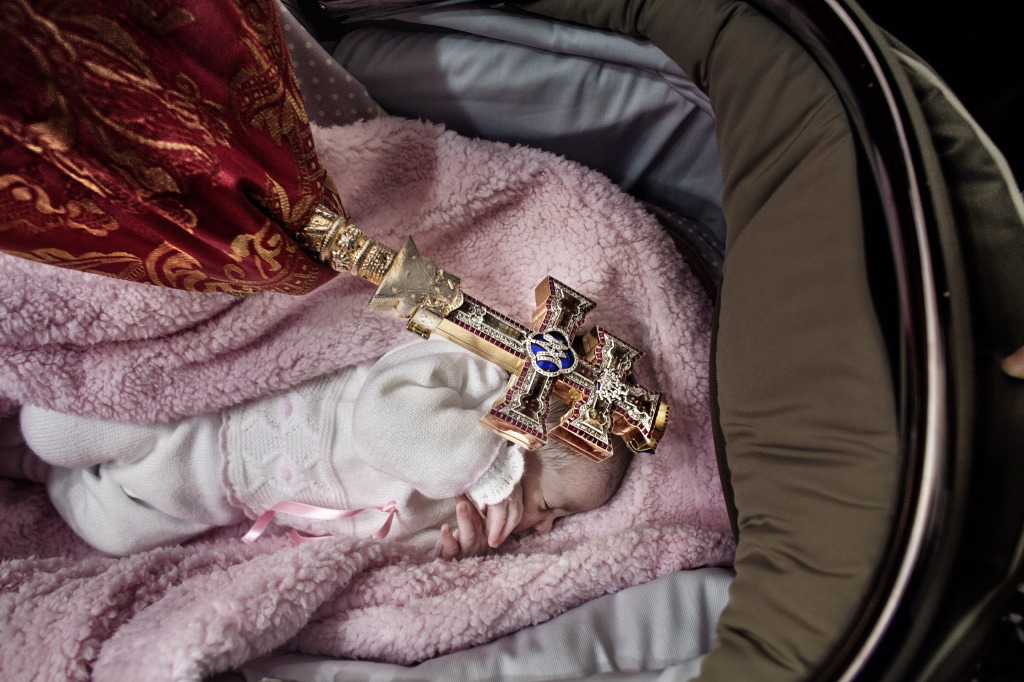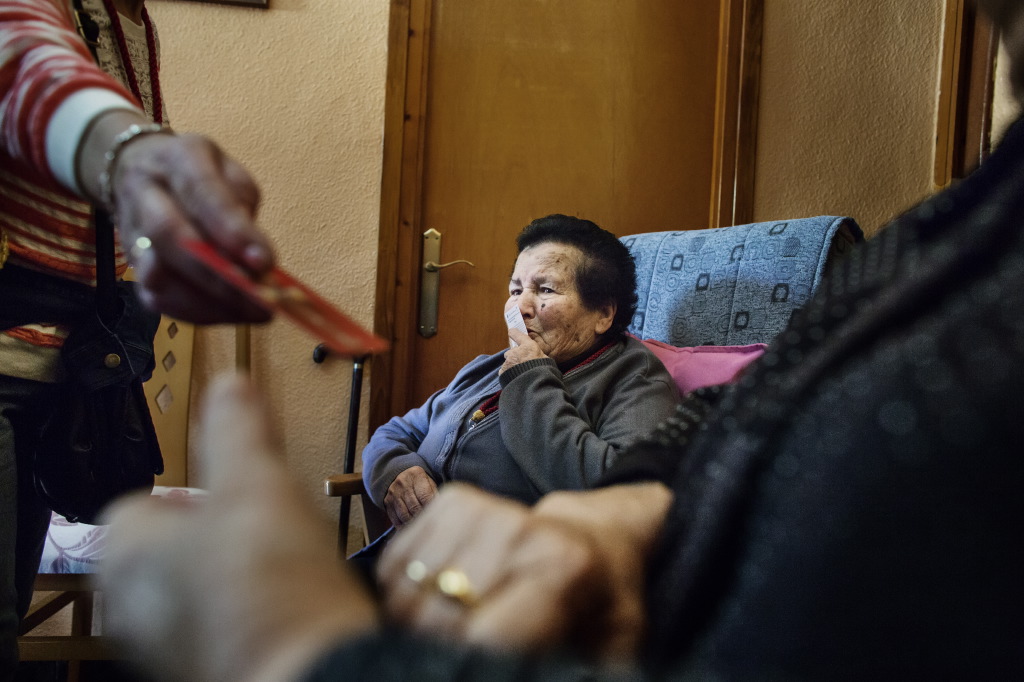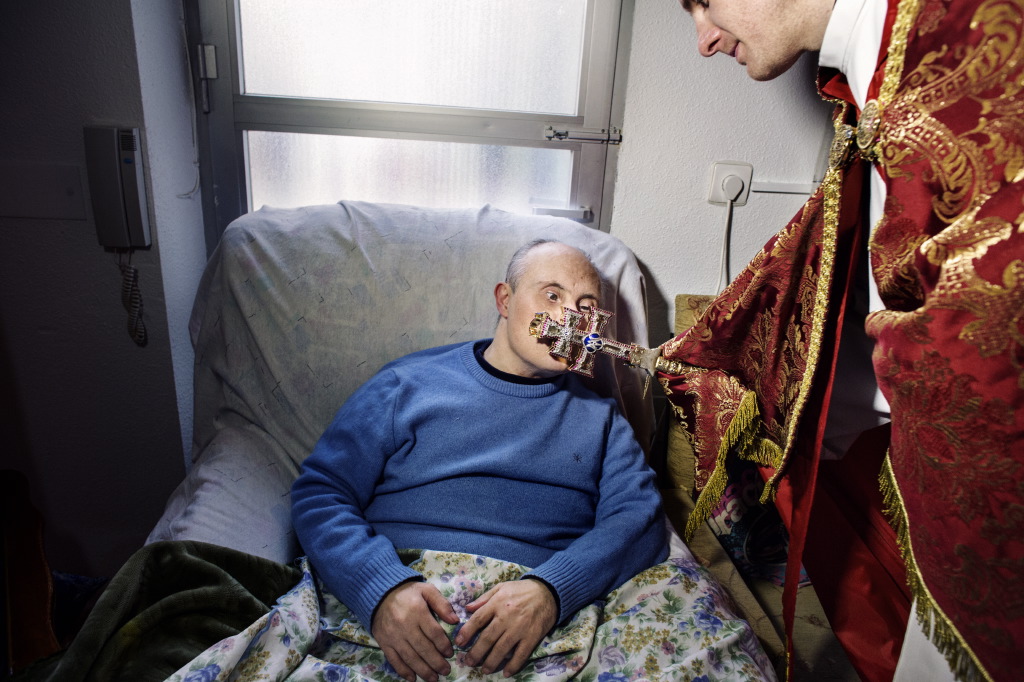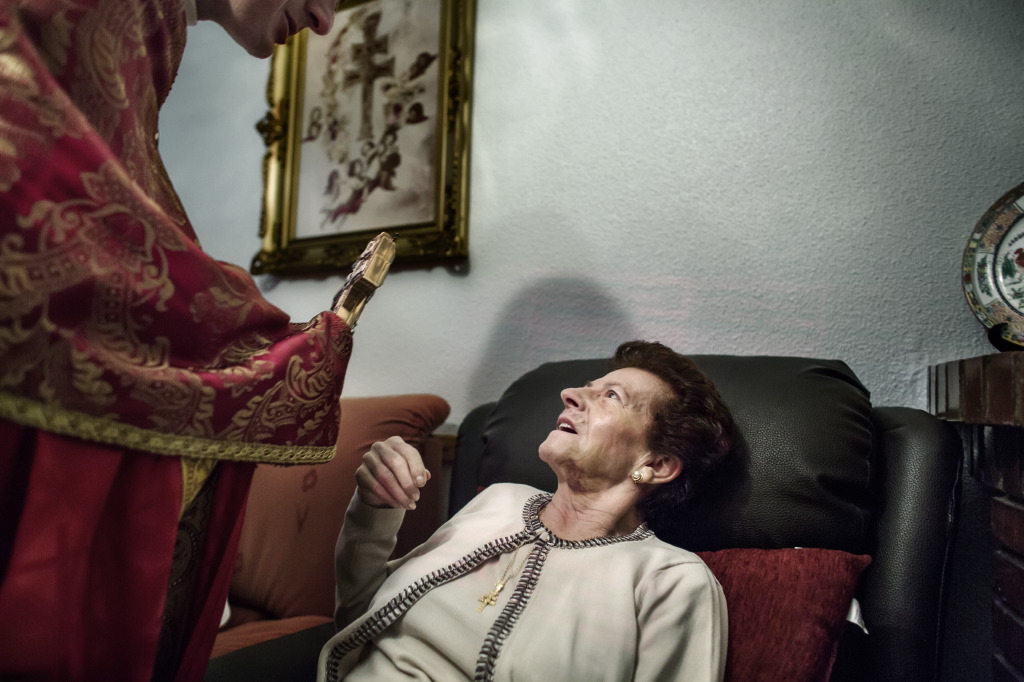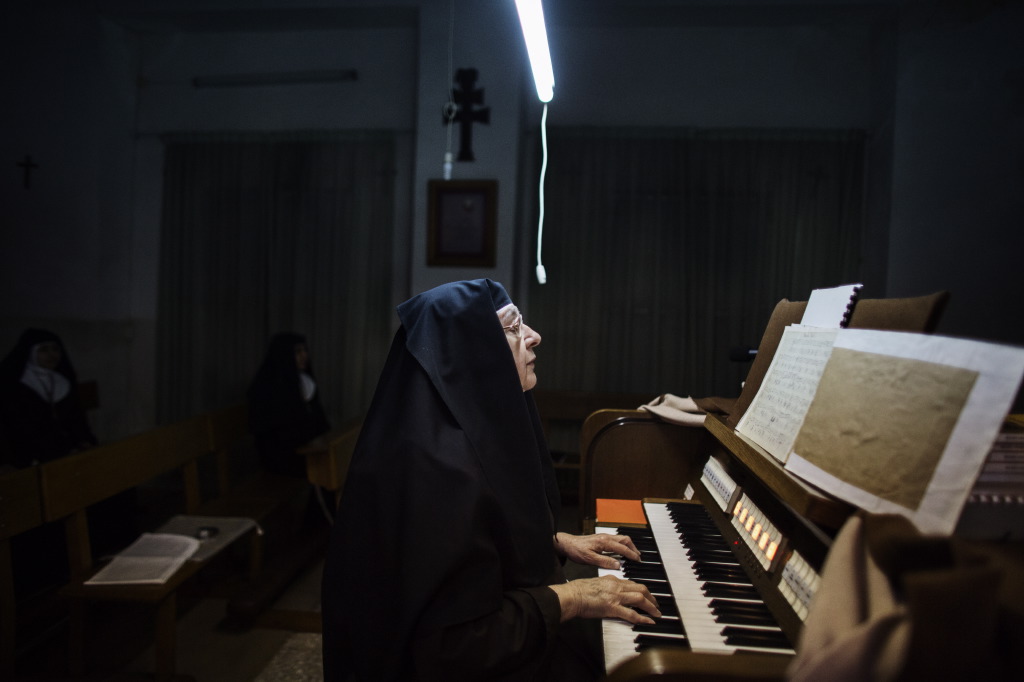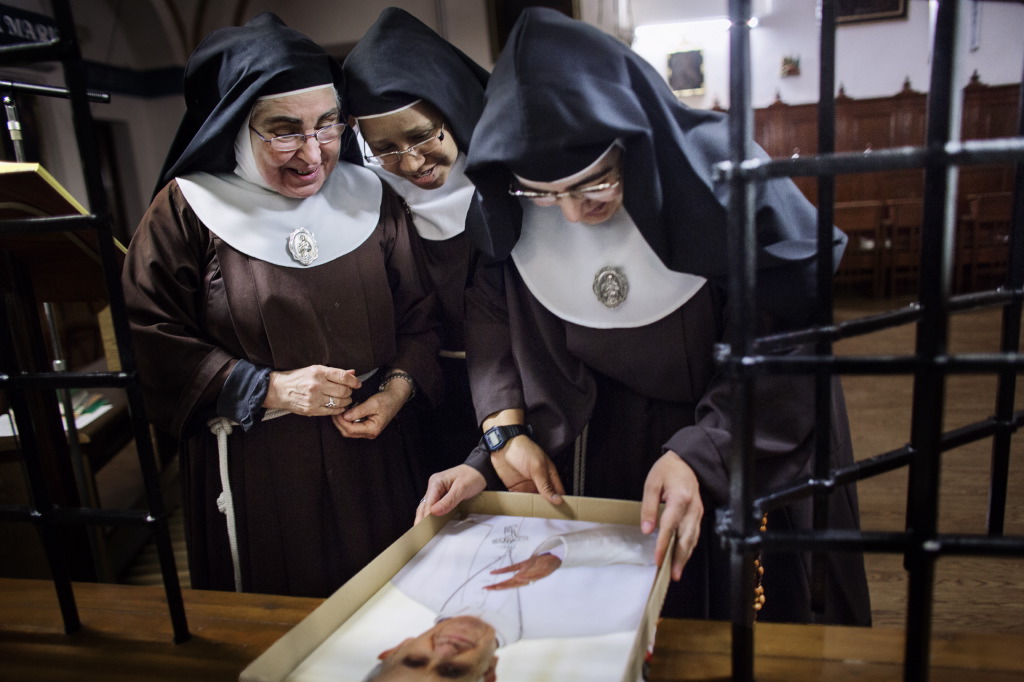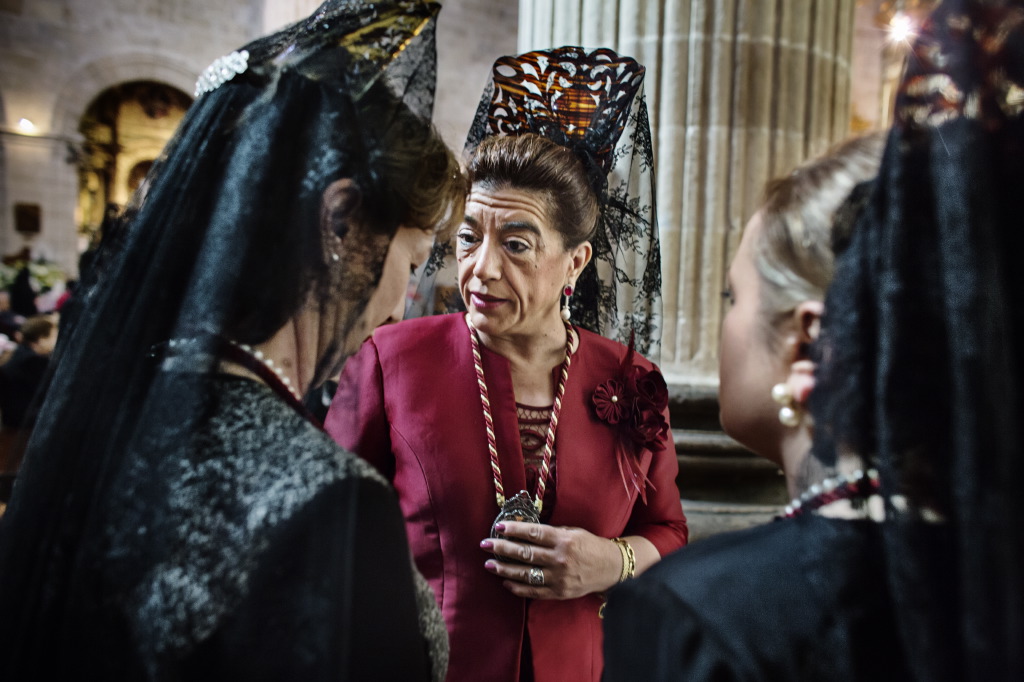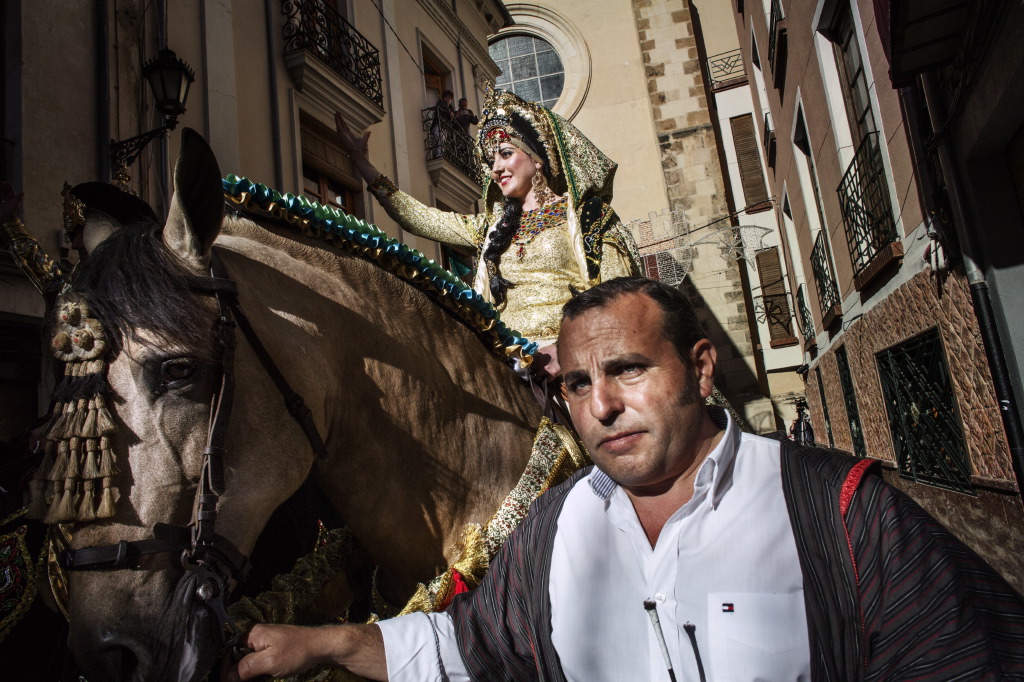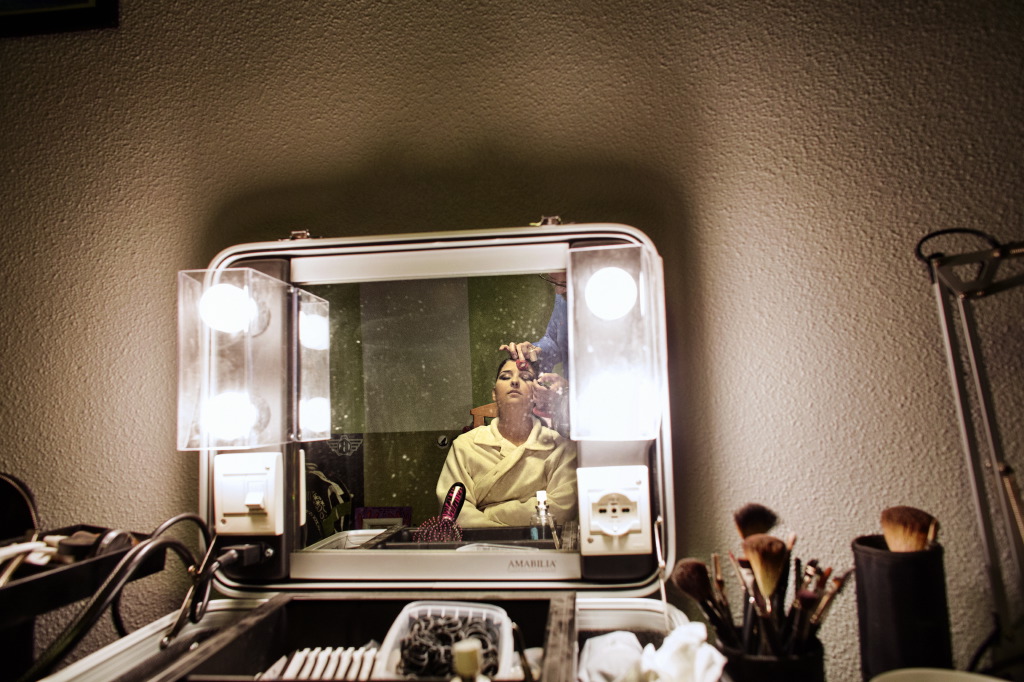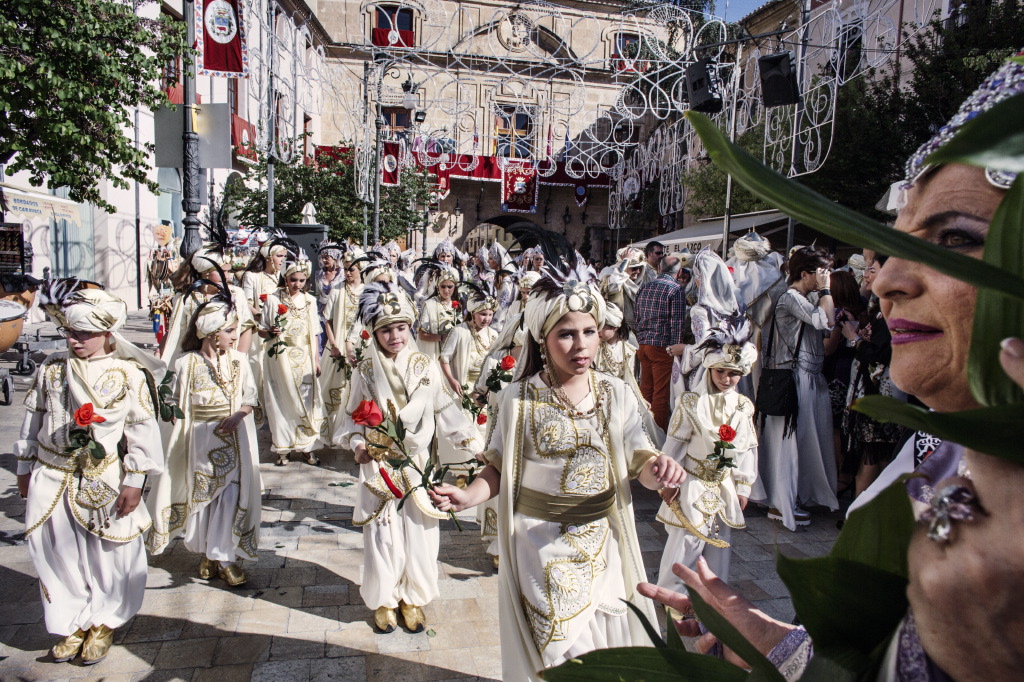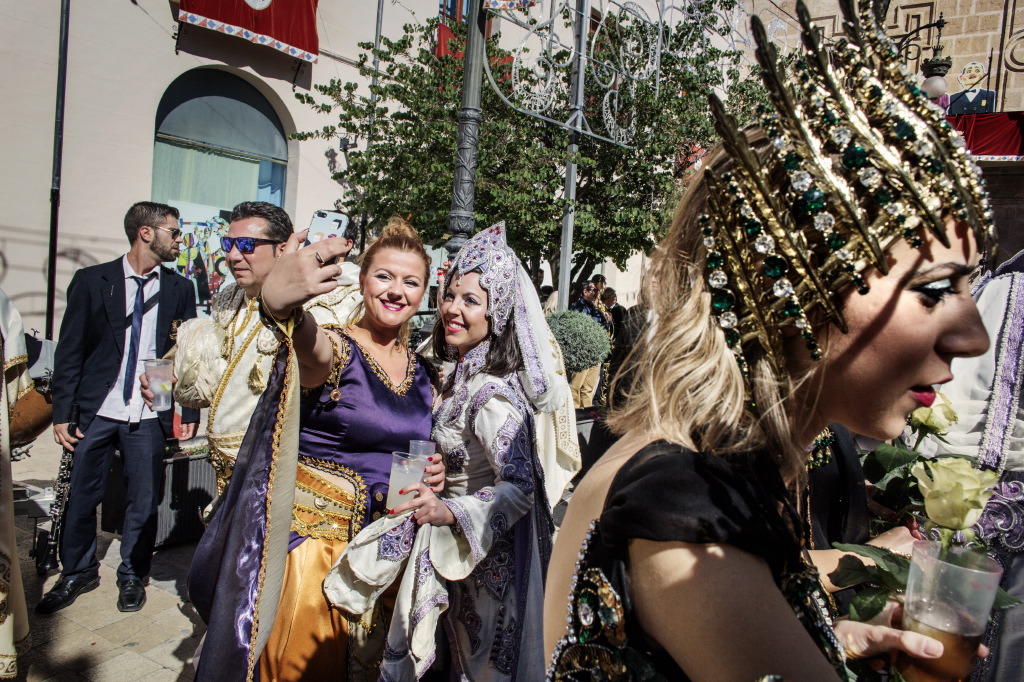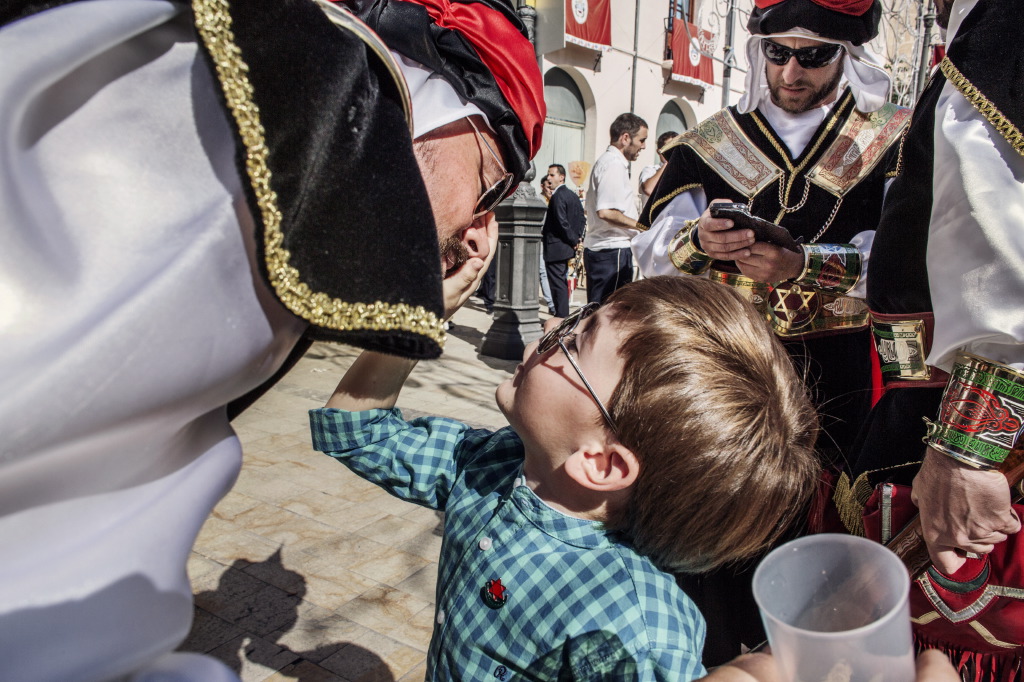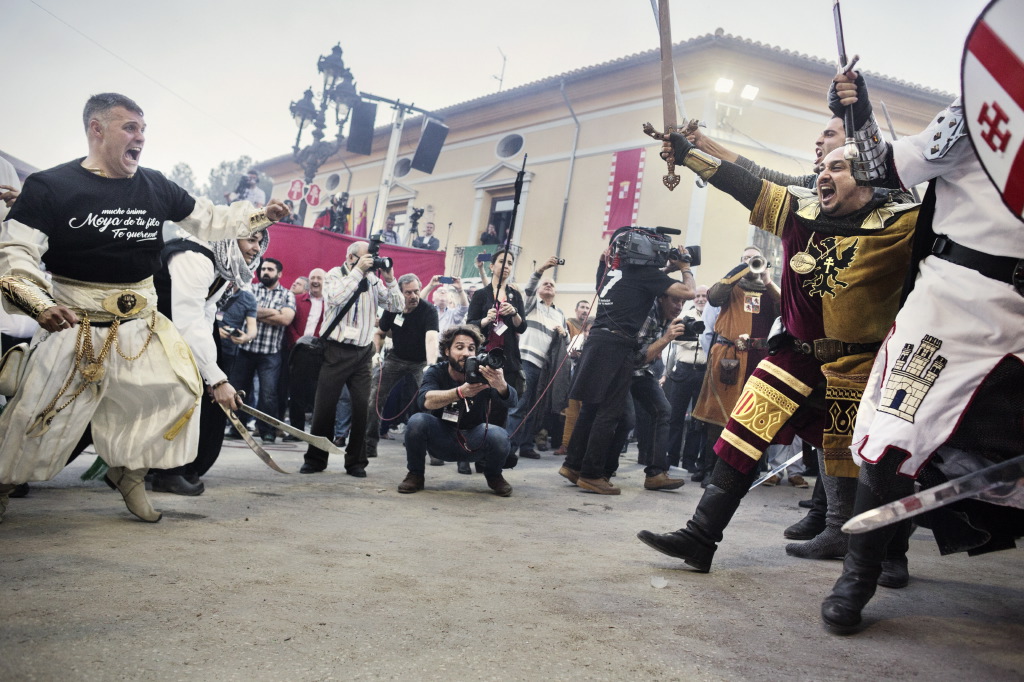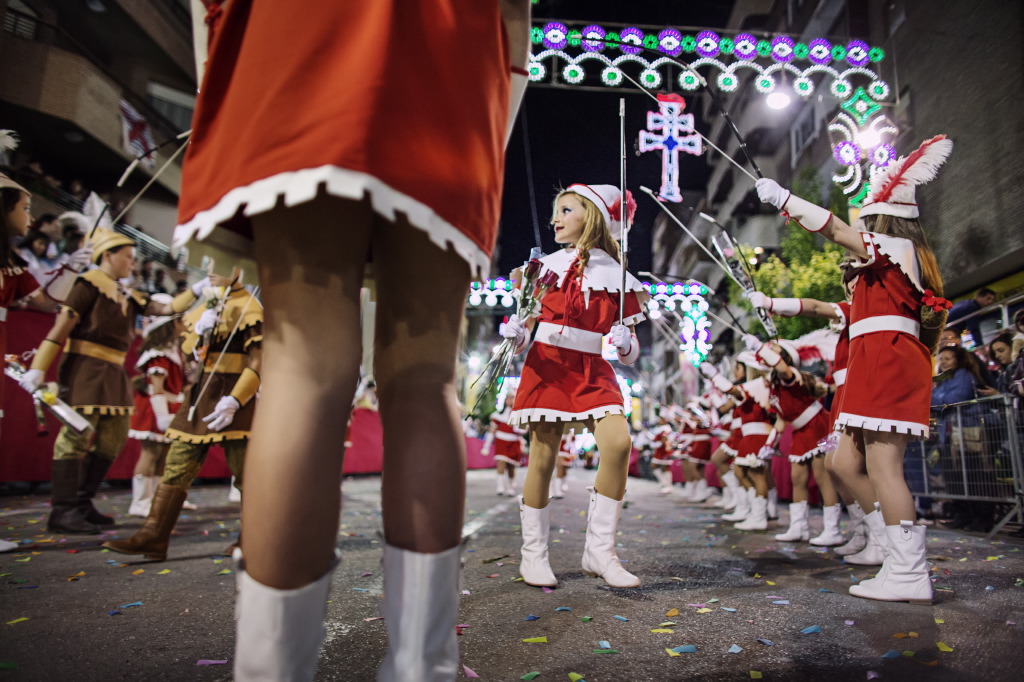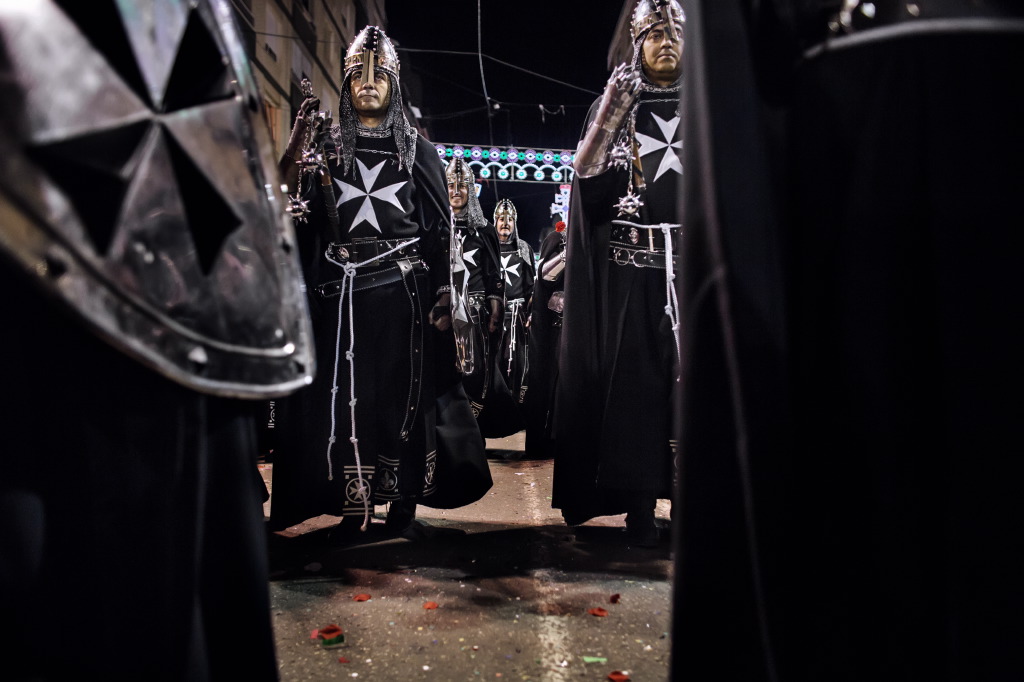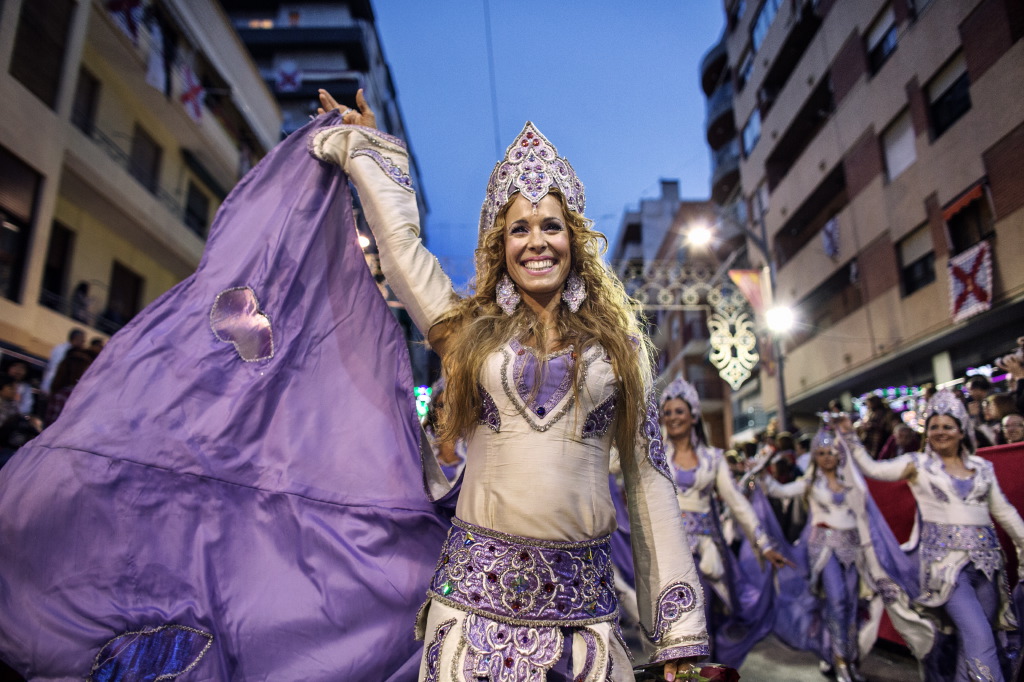X
In Caravaca, a little town in the province of Murcia (Spain), the believers have been worshipping the relic of the Holy and True Cross for over eight centuries. The festivities in honour of the ‘Santisima y Vera Cruz’ combine faith, cultural traditions and folklore; they are held from 1 to 5 May and reach their most evocative moment in the horse race, whose most spectacular phases were shot by Luca Catalano Gonzaga and presented in this photo reportage. Four men run alongside a horse covered with richly embroidered robes. The trip is short, less than 100 metres, up to the threshold of the shrine-castle. The horse and the runners plough through the crowd who makes way at the very last moment, to close again after the blazing-fast passage. It opens and close for other 60 times, as many as those participating in the competition, known as “La carrera de los caballos del vino”. The Running of the Wine Horses is a tribute in honor of the Holy and True Cross, that is said to include two pieces of Jesus’ cross and is held in the basilica built on the remains of an ancient castle, which became a shrine. During the celebration, the relic is moved and brought to the sick in their homes, to the city hospital and to the day care centre for elderly people. This will allow the entire population to participate in the ritual, not only the thousands of believers coming from the rest of the Spain. The relic of the cross is a Christian symbol representing Christ’s message and action. Its origin and presence in Caravaca de la Cruz exhales a mystery that consolidates even more its expressive and attractive power . It is an Eastern Cross, coming from a medieval patriarchal relic that was protected in Jerusalem, firstly by the Knights Templar and later by the Order of Santiago of Compostela. Its appearance in Caravaca is recounted in a miraculous tale. Consequently, it appears on the first written narration and further works on the city, as a mysterious appearance, emphasizing its protecting and embracing force. Since ancient times, this cross has been recognized by the Catholic Church as a “Vera Cruz” (True Cross), granting papal bulls and indulgences to the pilgrims who came to worship at it. (text by Luca Catalano Gonzaga).
